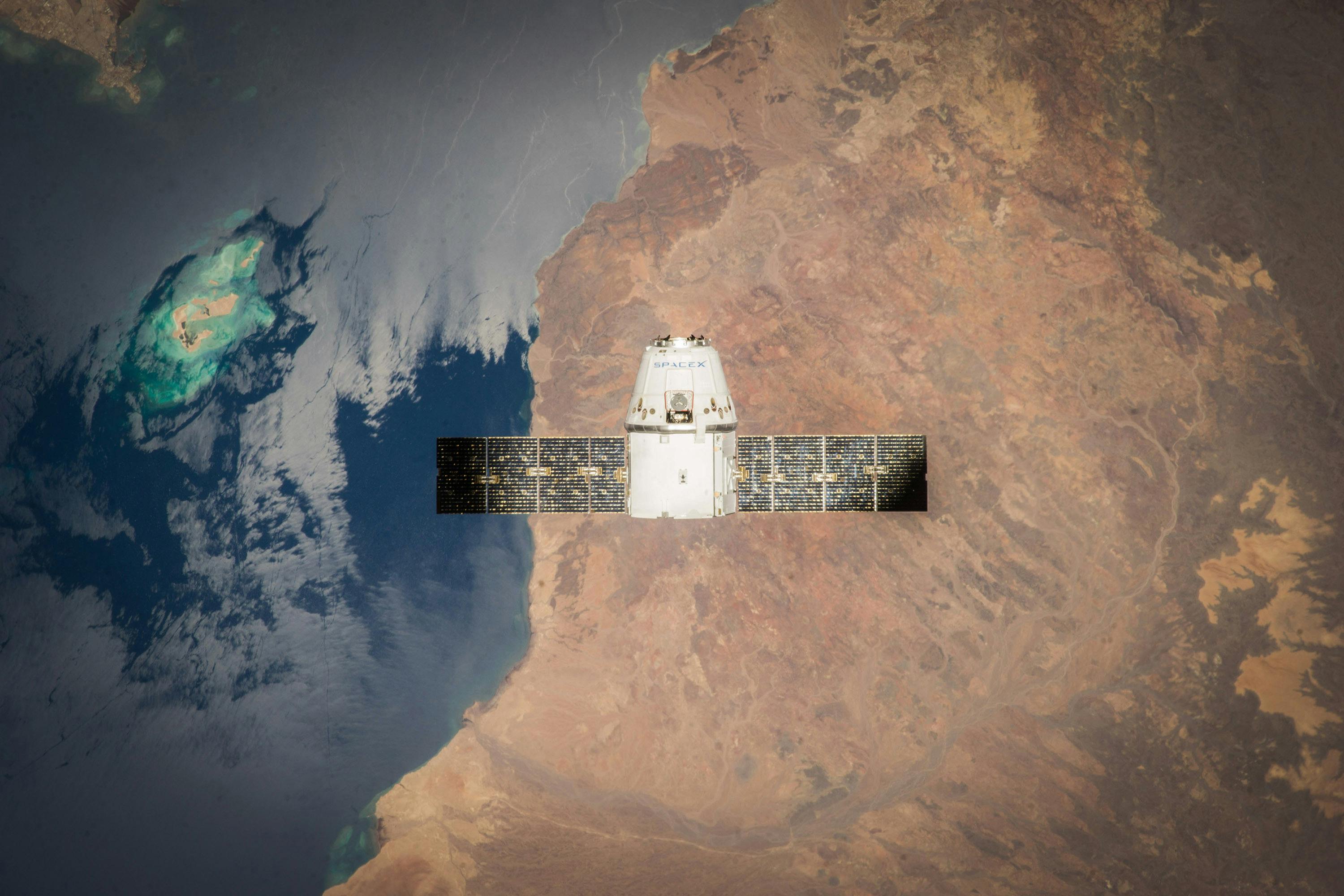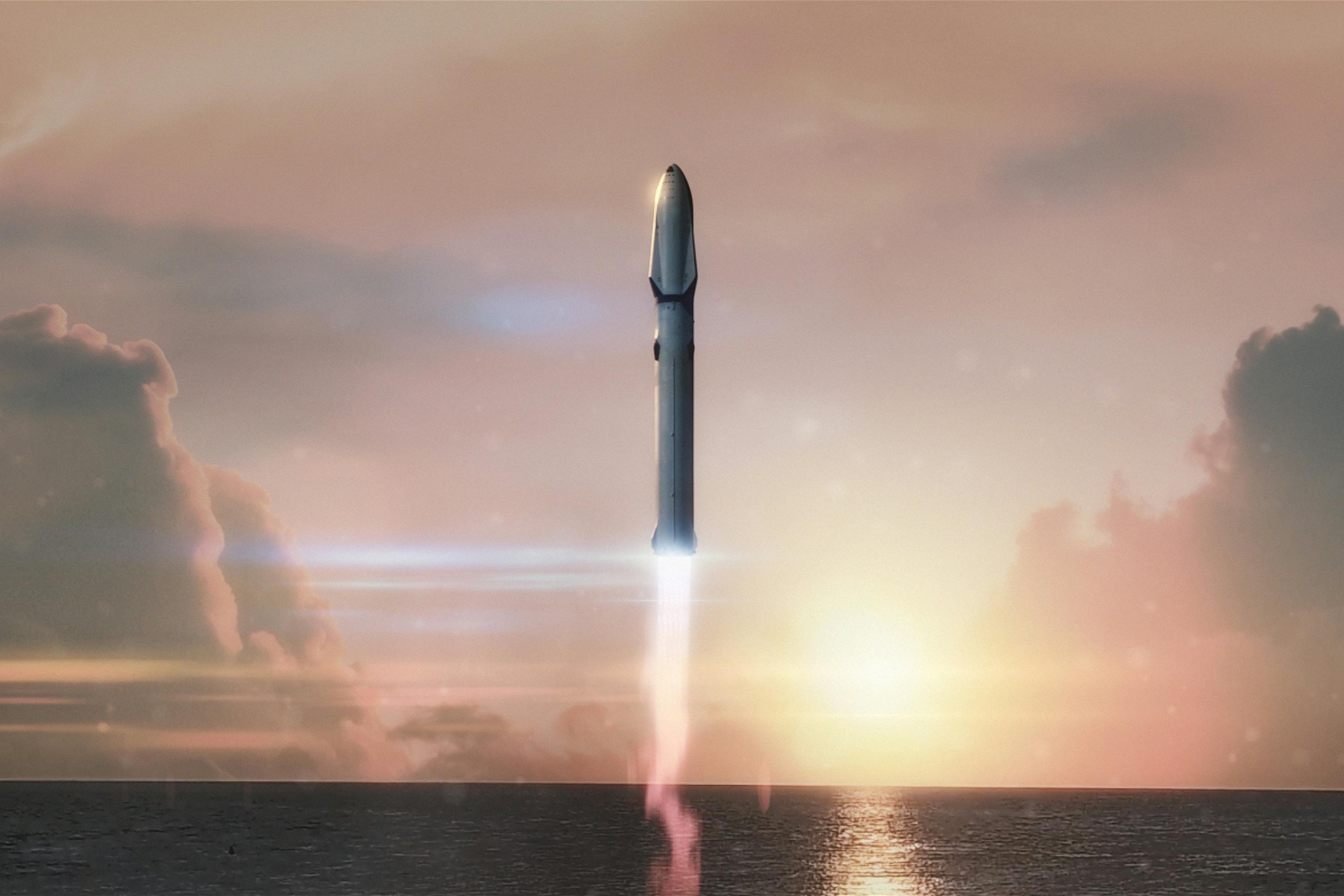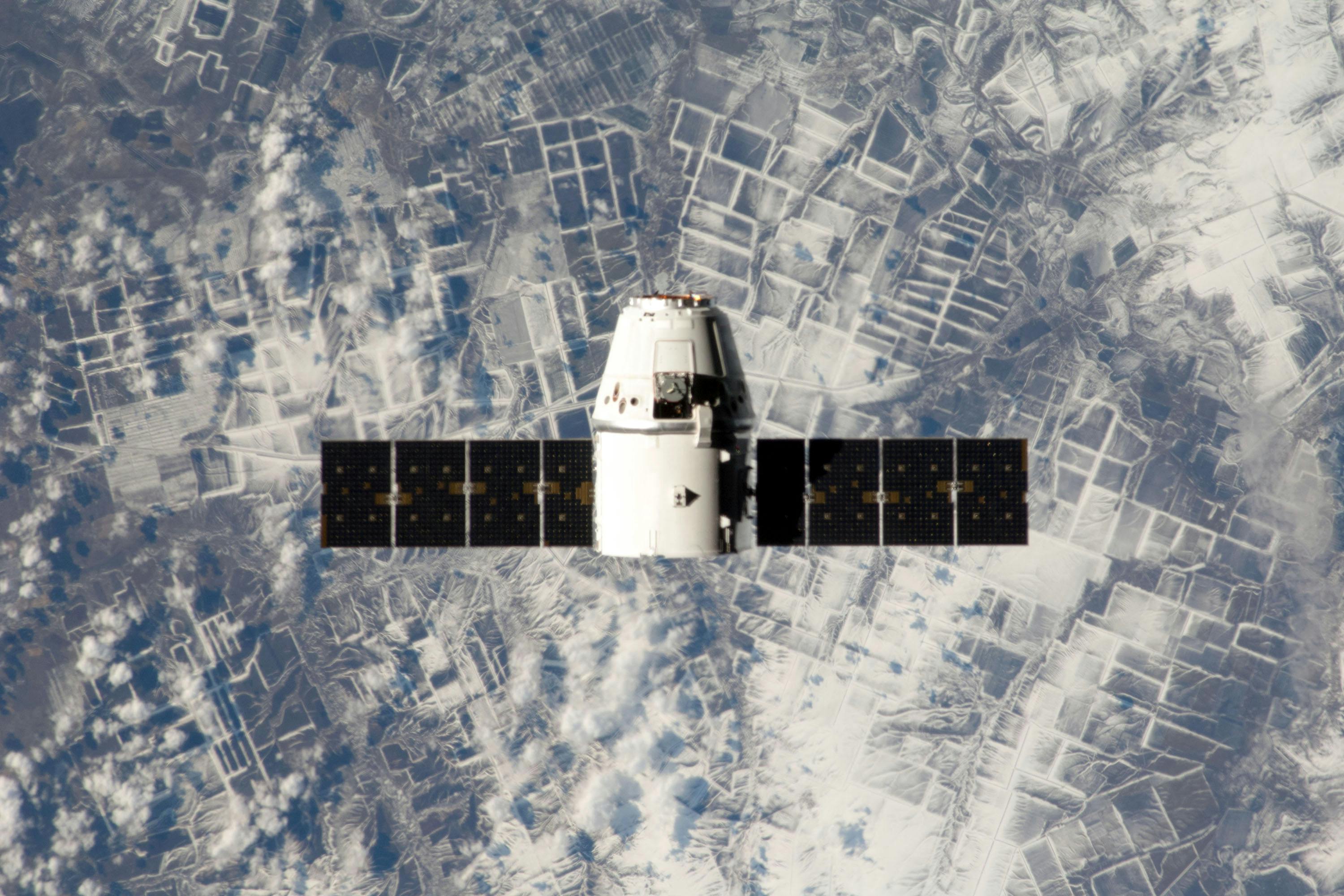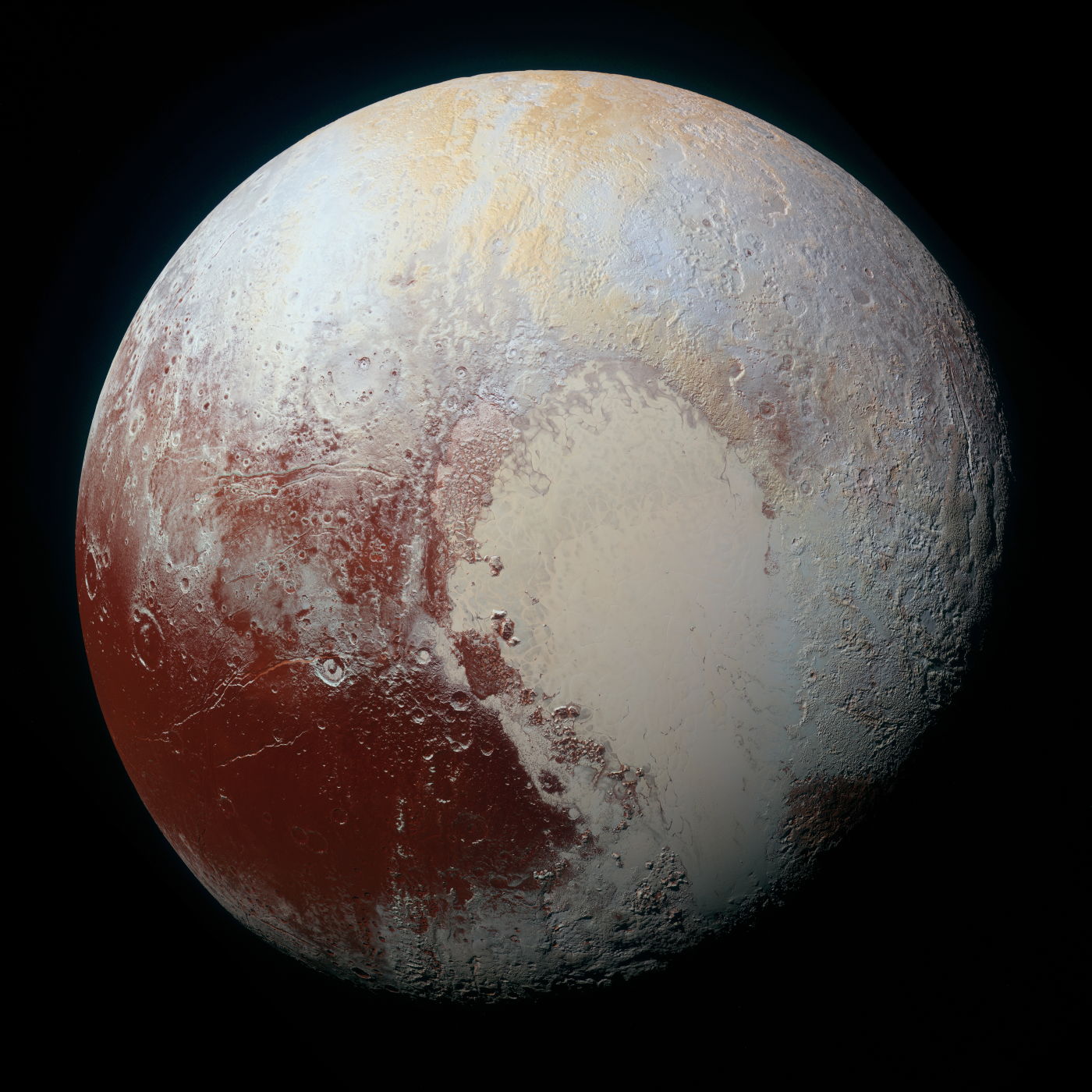· today in space history · 7 min read
The Day Discovery Took Her Final Flight
Fourteen years ago, Space Shuttle Discovery thundered into orbit one last time, carrying a robot astronaut and capping a remarkable 27-year career that revolutionized space exploration
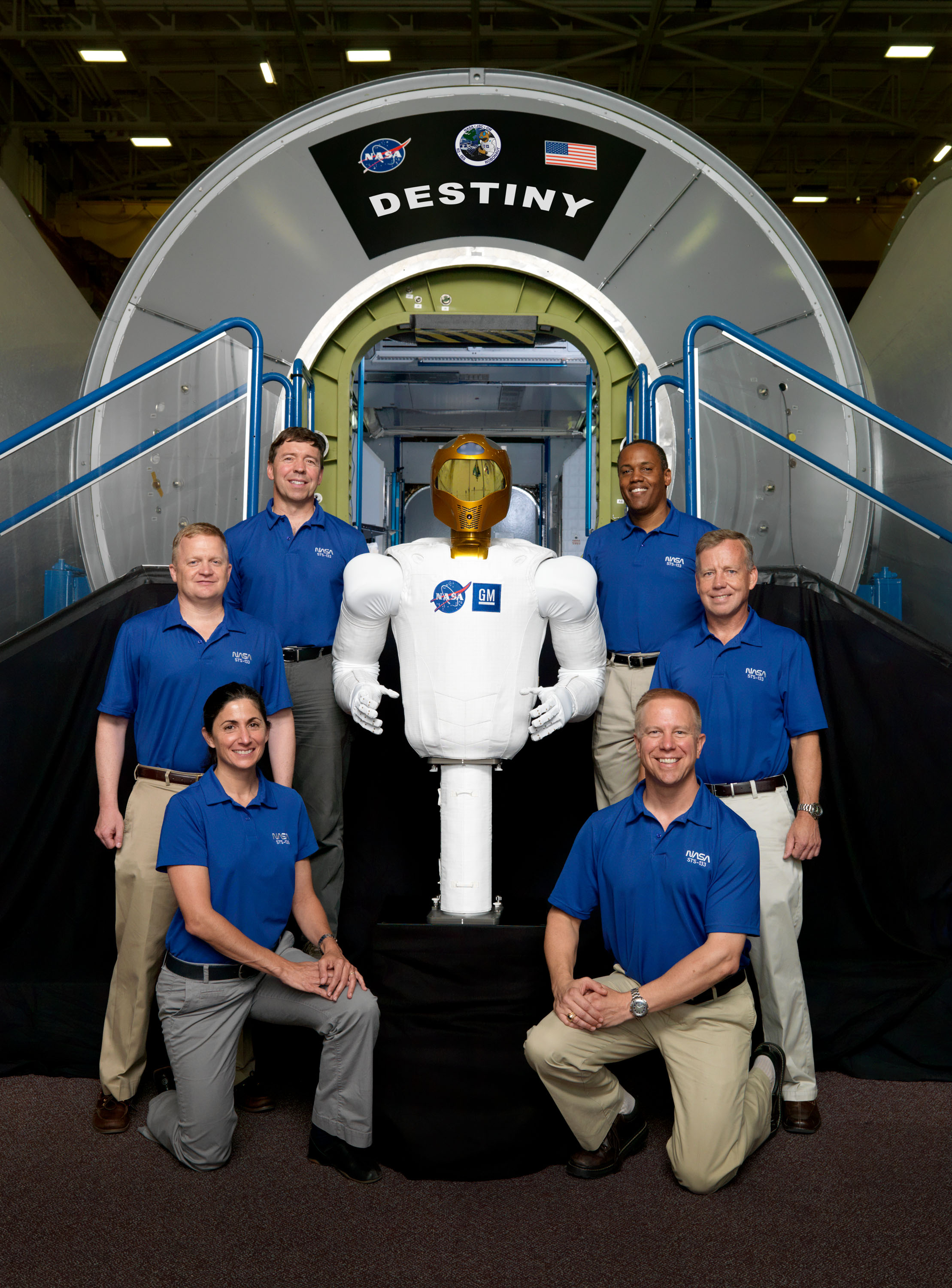
At precisely 4:53:24 p.m. EST on February 24, 2011, Space Shuttle Discovery’s main engines ignited, followed seconds later by its solid rocket boosters, lifting the orbiter skyward from Kennedy Space Center’s Launch Pad 39A. As the ground shook and spectators shielded their eyes against the brilliant glare, few could ignore the emotional significance of this moment – America’s most accomplished spacecraft was beginning its 39th and final mission. With just two seconds remaining in the launch window after a last-minute computer glitch, Discovery raced toward orbit carrying six veteran astronauts, a humanoid robot, and the hopes of closing out its remarkable career in triumph.
The Orbiter That Led the Way
By the time of its final launch, Discovery had earned a reputation as NASA’s most reliable and productive orbiter. First flown in August 1984, Discovery had repeatedly demonstrated its capabilities during pivotal moments in spaceflight history. It was Discovery that returned America to space after both the Challenger and Columbia tragedies. Discovery deployed the Hubble Space Telescope in 1990 and ferried Senator John Glenn back to space in 1998. The shuttle had flown more missions, spent more time in space, and carried more astronauts than any other human spacecraft in history.
“There’s a lot of hearts out there that beat for Discovery,” Launch Director Mike Leinbach remarked after watching the orbiter clear the tower. “She’s given a lot of great service to this country.”
A Mission Delayed
STS-133’s journey to space proved to be as challenging as it was significant. Originally scheduled for launch in September 2010, Discovery’s final flight had been delayed repeatedly by technical problems. First, a leak in the orbital maneuvering system required repair. Then, a potentially catastrophic hydrogen leak at the Ground Umbilical Carrier Plate – the connection between the external tank and the hydrogen vent line – scrubbed a November launch attempt.
Most significantly, engineers discovered cracks in the foam insulation on the external tank, which led to the discovery of structural cracks in the metal stringers underneath. The problem was traced to a lightweight aluminum-lithium alloy used in the tank’s construction, and required extensive repairs while the shuttle remained on the launch pad. These issues pushed the launch date to February 24, 2011, turning what was originally planned as a twelve-day mission into a drama that tested both human patience and engineering ingenuity.
The Crew’s Last Flight
Commander Steven Lindsey led a crew of six veteran astronauts on Discovery’s final mission. Lindsey, who had handed over his position as Chief of the Astronaut Office to focus on commanding this flight, was joined by pilot Eric Boe and mission specialists Alvin Drew, Nicole Stott, Michael Barratt, and Stephen Bowen. The crew represented a curious set of milestones – all six had flown at least one previous spaceflight, five were selected as astronauts in the same class in 2000, and Drew would become the last African-American astronaut to fly on the Space Shuttle.
Perhaps most remarkable was Bowen’s presence on the flight. Just one month before launch, he had replaced original crew member Tim Kopra, who was injured in a bicycle accident near his Houston home. This substitution made Bowen the first and only NASA astronaut to fly on consecutive shuttle missions, having previously flown on Atlantis’ STS-132 mission.
Delivering a Permanent Legacy
STS-133’s primary objectives centered on delivering critical hardware to the International Space Station. Most significantly, Discovery carried the Permanent Multipurpose Module (PMM) Leonardo, which had previously flown to the station seven times as a temporary cargo carrier. For this final trip, Leonardo had been modified with improved shielding to remain permanently attached to the station, adding much-needed storage capacity.
The mission also delivered the fourth and final Express Logistics Carrier (ELC-4), a platform designed to support external spares and payloads on the station’s truss structure. These additions marked Discovery’s final contributions to the orbital outpost it had helped construct over many previous missions.
The First Humanoid in Space
Among Discovery’s most intriguing passengers was Robonaut2, or R2, the first humanoid robot in space. Standing 3 feet 4 inches tall with a shoulder width of over 2 feet, R2 was equipped with 54 servo motors, 42 degrees of freedom, and hands capable of manipulating the same tools used by human astronauts. The 300-pound robot was designed to assist astronauts with routine tasks and eventually to perform operations too dangerous for humans.
“R2 represents that quiet, steady progress we’ve been making,” explained Station Program Manager Michael Suffredini. “It’s not just about having a robot in space – it’s about developing technology that allows machines to work alongside humans, both in space and on Earth.”
Space Station Rendezvous and Final EVAs
After reaching orbit, Discovery’s astronauts conducted a thorough inspection of the orbiter’s thermal protection system before docking with the International Space Station on February 26, 2011. Upon arrival, the joined crews focused on installing the new components, beginning with the PMM Leonardo on February 28.
The mission included two spacewalks, performed by Bowen and Drew on February 28 and March 2. During these EVAs, the astronauts connected power cables, replaced a failed ammonia pump, installed a camera on the Dextre robotic arm, and even collected a sample of the vacuum of space for museum display. These would be the final spacewalks conducted during a Space Shuttle mission.
Engineering Adaptations to the End
Throughout its final mission, Discovery continued to demonstrate the shuttle program’s capacity for engineering adaptation. When foam liberated from the external tank during ascent, engineers quickly analyzed imagery and determined it posed no threat to the orbiter. When systems showed anomalies, flight controllers developed workarounds.
This adaptability had been a hallmark of the shuttle program from its inception, and it seemed fitting that Discovery’s final mission would provide one last demonstration of this capability. “That’s how we’ve operated this vehicle for thirty years,” Flight Director Bryan Lunney noted. “We built in margins and redundancies that let us adapt to the unexpected.”
Legacy of an Explorer
Discovery spent 12 days, 19 hours, and 4 minutes in space during its final mission, landing at Kennedy Space Center on March 9, 2011. As the wheels of the orbiter rolled to a stop, Discovery had accumulated a lifetime total of 365 days in space – a full year – across its 39 missions. It had traveled 148 million miles, completed 5,830 orbits of Earth, and carried 246 crew members to space.
After touchdown, Commander Lindsey reflected on Discovery’s legacy: “As the most flown spacecraft in history, Discovery has been an ambassador for the human exploration of space for over 26 years. She’s completed every mission we’ve asked of her, and today she came home for the final time.”
Looking Forward
Today, Discovery resides in the Smithsonian Institution’s Steven F. Udvar-Hazy Center near Washington, D.C., where it stands as a monument to American ingenuity and exploration. The hardware it delivered on its final mission continues to support operations aboard the International Space Station, while Robonaut2 pioneered robotic capabilities that influence designs for future deep space missions.
As NASA focuses on returning humans to the Moon through the Artemis program and eventually sending astronauts to Mars, the legacy of Discovery’s reliability and adaptability continues to influence spacecraft design. The lessons learned from its 39 missions – from its first launch in 1984 to its final landing in 2011 – remain relevant to the challenges of human spaceflight.
The orbiter that weathered storms both literal and figurative, that demonstrated resilience in the face of tragedy, and that carried humanity’s dreams to orbit more times than any other vehicle, completed its journey fourteen years ago today. As we look to the future of space exploration, Discovery’s final mission reminds us that the greatest adventures require both cutting-edge technology and the human spirit of determination that powered this remarkable spacecraft through its 27 years of service.

Theodore Kruczek


